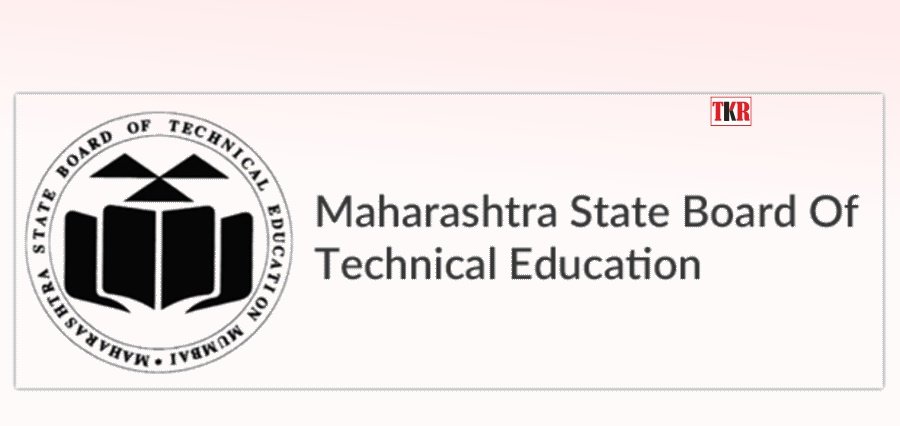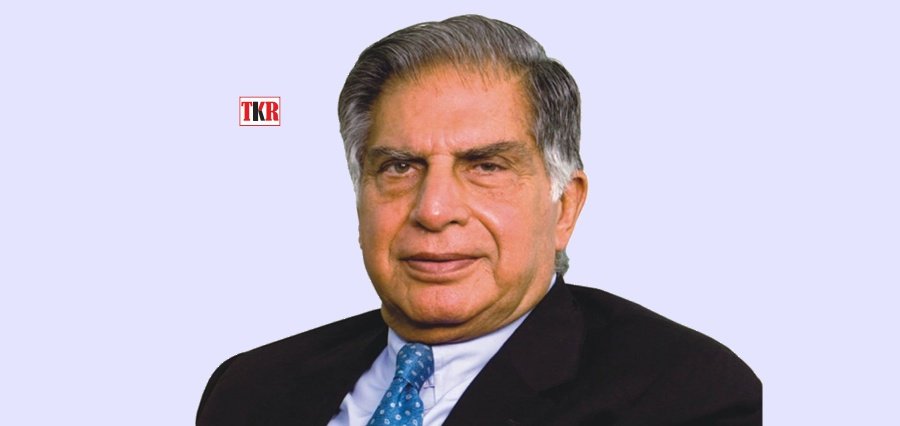Only a tiny percentage of India’s more than 300 million students—260 million in grades 0–12 and 40 million in higher education institutions—go abroad to study, according to Pradhan during the question and answer period.
The Prime Minister Narendra Modi-led government’s various measures have resulted in a 31% increase in the number of girls enrolled in schools between 2014 and 2015, Union Minister of Education Dharmendra Pradhan informed the Rajya Sabha on Wednesday.
In response to supplemental questions from MPs during question hour, Pradhan stated that of the over 300 million students in India—260 million in grades 0–12 and 40 million in higher education institutions—a tiny proportion leaves their homes to pursue their studies.
He claimed that 20–25% more students are enrolled in postsecondary education now that the Modi administration is in power.
For girls from Scheduled Castes (SC), the percentage was 50%. According to Pradhan, the enrollment increase rates for pupils belonging to Scheduled Tribes (ST) and SC were 44% and 65%, respectively.
Answering further questions from Members of Parliament during question hour.
Additionally, he stated that there has been a 45% rise in the number of female students from the Muslim minority and an increase of pupils from Other Backward Classes (OBCs) in schools.
Children have begun studying more as a result of government measures, according to Pradhan, who also added that the New Education Policy will be fantastic in helping India reach new heights during the next three years.
The minister of education stated that the government has chosen to take action to promote the teaching of Indian languages because such languages are what keep India’s essence alive.
The revised curricular framework mandates that all students in classes 11 and 12 study two languages, at least one of which must be an Indian language.
Read More: Click Here





